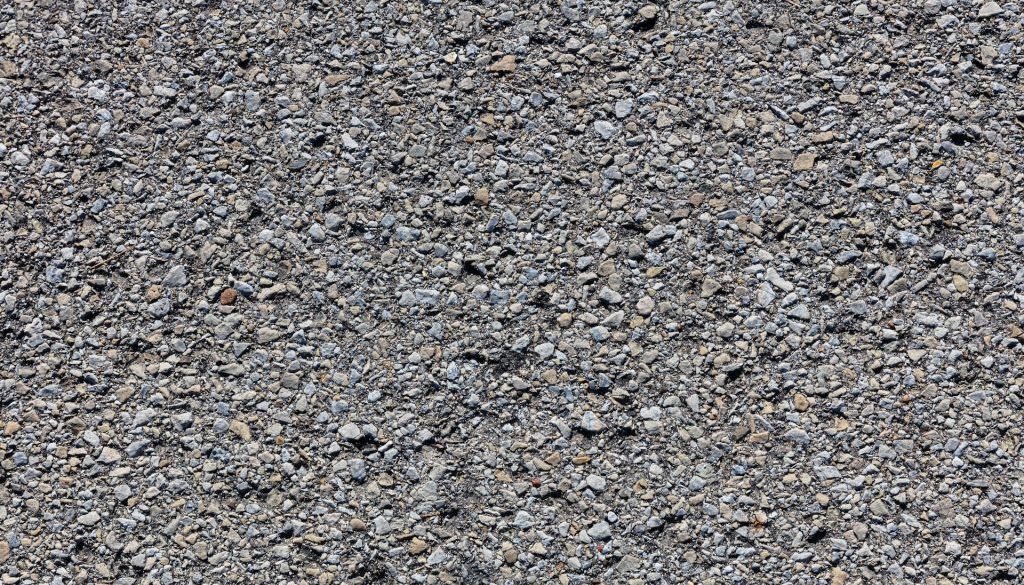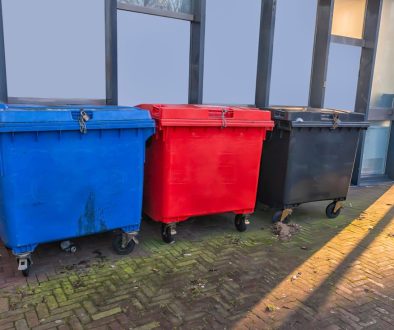Gravel is a versatile material that has been used for various purposes in construction and landscaping for centuries. It is an affordable and easily accessible material that can be used to create a wide range of landscaping features and structures, from pathways and patios to driveways and garden walls.
Properly using gravel in landscaping and construction requires careful planning and execution to ensure its longevity and functionality. This article will provide a comprehensive guide on how to properly use gravel for landscaping and construction, and the various ways you can incorporate it into your project.
How to Use Gravel
Before you use gravel for any type of landscaping feature or project, it is important to know how to use it properly. Improper use of gravel may result in the quality of your project being less than required, therefore below is a simple guide on using gravel.
1. Choosing the Right Type
The first step in using gravel for landscaping and construction is choosing the right type of gravel. There are various types of gravel available, each with unique properties and characteristics. Some of the most common types of gravel include pea gravel, crushed stone, and river rock.
2. Calculating the Amount
Once you have chosen the right type of gravel, the next step is to calculate the amount of gravel required. This involves measuring the area where the gravel will be used, and calculating the required depth of the gravel.
The depth of the gravel will depend on the intended use and the type of gravel chosen. For example, a pathway made of pea gravel will require a depth of 50-75mm, while a driveway of crushed stone requires a depth of 100-150mm.
3. Preparing the Site
Before laying the gravel, it is essential to prepare the site properly. This involves removing any existing vegetation, rocks, or debris and ensuring that the ground is level and compact. If the site is not level, excavating and adding fill material may be necessary to create a level surface. Additionally, it is essential to install edging to contain the gravel and prevent it from spreading into surrounding areas.
4. Installing a Weed Barrier
To prevent weed growth and ensure the longevity of the gravel, it is recommended to install a weed barrier before laying the gravel. This involves laying a layer of landscape fabric or plastic sheeting over the prepared site. This will prevent weeds from growing through the gravel and ensure that the gravel remains in place.
5. Laying the Gravel
Once the site is prepared, and the weed barrier is installed, it is time to lay the gravel. Begin by evenly spreading a layer of gravel over the surface, ensuring it is level and compact. Use a rake or shovel to spread the gravel and a tamper to compact it. Repeat this process until the desired depth is achieved, filling the area evenly.
6. Maintaining the Gravel
Proper maintenance is essential to ensure the longevity and functionality of the gravel. This involves regular raking to remove debris and redistribute the gravel and regular topping up to ensure that the gravel remains at the desired depth. Additionally, it is recommended to use a leaf blower to remove leaves and other debris from the surface of the gravel.
Different Ways to Use Gravel
As mentioned above, you can use gravel in your project in multiple ways. If you don’t know what approach to take, you can take a look at some of the examples below.
1. Pathways
One of the most common uses of gravel in landscaping is for creating pathways. Gravel pathways are a great addition to any landscape design as they provide a natural and rustic look to the garden. Be sure to choose a type of gravel that is comfortable to walk on and does not shift underfoot. Additionally, it is recommended to install edging to contain the gravel and prevent it from spreading into surrounding areas.
2. Driveways
Gravel is also an excellent material for creating driveways. Gravel driveways are popular among homeowners as they are affordable, easy to install, and withstand heavy vehicles. Gravel driveways can be made of different types of gravel, such as crushed stone or gravel with a larger size.
3. Garden Beds
Garden beds are a great addition to your landscaping. Gravel garden beds are an excellent alternative to traditional garden beds as they are easy to maintain, provide good drainage, and add texture to the garden.
4. Garden Walls
Gravel can also be used to create attractive and functional garden walls. When using gravel for garden walls, choosing a type of gravel suitable for the intended use and the surrounding environment is essential. Additionally, it is recommended to install a drainage system behind the wall to prevent water buildup and ensure the longevity of the wall.
5. Water Features
If you want to add a water feature to your home, then gravel is your best friend. Use the type of gravel that is suitable for aquatic use and does not contain harmful chemicals or pollutants. Additionally, it is recommended to install a layer of sand or gravel at the bottom of the water feature to prevent the liner from puncturing.
6. Patio and Outdoor Living Spaces
Gravel can also be used for creating patio and outdoor living spaces. Gravel patios are a great addition to any backyard as they provide a natural and rustic look to the outdoor space.
Gravel can be used to create a base layer for the patio, and then covered with pavers or bricks for a more polished and cohesive look. Gravel can also be used for creating fire pits or seating areas, adding a cozy and inviting atmosphere to the outdoor space
Conclusion
Gravel is a versatile material that can be used for various purposes in landscaping and construction. Properly using gravel requires careful planning and execution, from choosing the right type of gravel to preparing the site and maintaining the finished project. By following the guidelines outlined in this article, you can ensure that your gravel landscaping and construction projects are functional, durable, and aesthetically pleasing.
Looking for bulk 20mm gravel in Staffordshire? Look no further than Enviro Skip Hire. Our family-run skip hire and aggregate company offers a wide range of sizes and types of gravel to suit any landscaping or construction project. Contact us today to find out more about our services and to get a quote for your aggregate needs.




